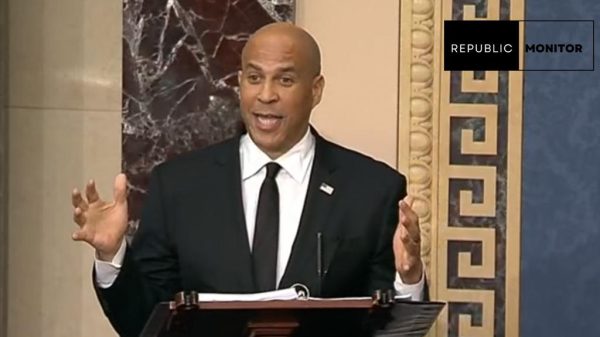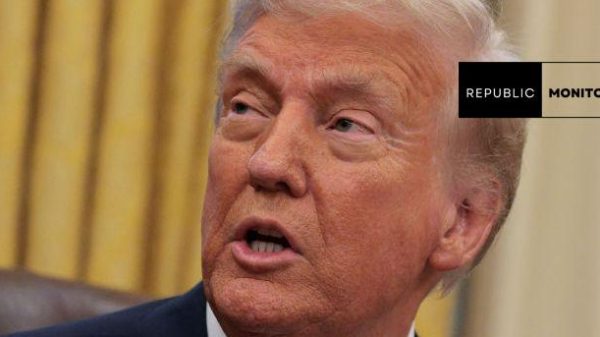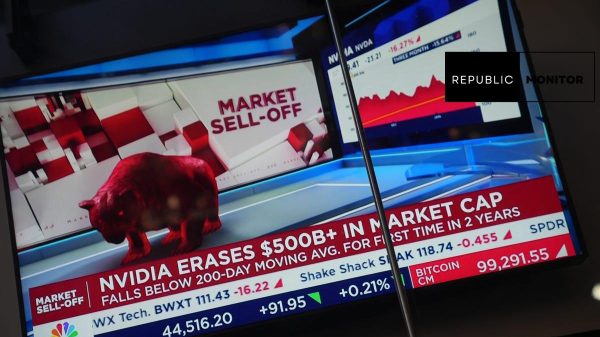The U.S.-China trade war that began in 2018 brought major changes to global supply chains. When tariffs were imposed on Chinese products, many U.S.companies began looking for alternative sources for their products.One of the biggest beneficiaries of this change was Mexico.
Mexico’s Proximity and Trade Agreements
Mexico’s proximity to the United States and existing trade agreements such as the North American Free Trade Agreement (NAFTA) has made it an ideal location for American companies to relocate manufacturing facilities.Labor costs in Mexico are also significantly lower than in China, making Mexico a more cost-effective option for many companies.

Growth of IMMEX-linked Global Value Chains
Mexico’s export growth was primarily driven by the expansion of global value chains related to IMMEX.IMMEX stands for “Industria Maquiladora, Manufacturea y de Servicios de Exportacion”, which translates to “Bonded Export Manufacturing and Services”.IMMEX companies are based in Mexico and are subject to special customs regulations that allow them to import duty-free materials and components used in the manufacture of finished products that are exported.
Challenges and Opportunities
Mexico has gained from the US-China trade war, but challenges emerged, including infrastructure bottlenecks and heightened competition from Chinese companies relocating to Southeast Asia. Despite these obstacles, Mexico is poised to remain a key player in global supply chains with its sizable and young workforce, stable political environment, and growing economy.
Conclusion
The global supply chains underwent a notable shift due to the US-China trade war, with Mexico emerging as a crucial player. Its proximity to the United States, existing trade agreements, and low labor costs contributed to this role. Mexico’s future in global supply chains looks promising, with potential for continued investment and growth in its manufacturing sector. To sustain its leading exporter position, Mexico must address challenges like infrastructure bottlenecks and heightened competition.















